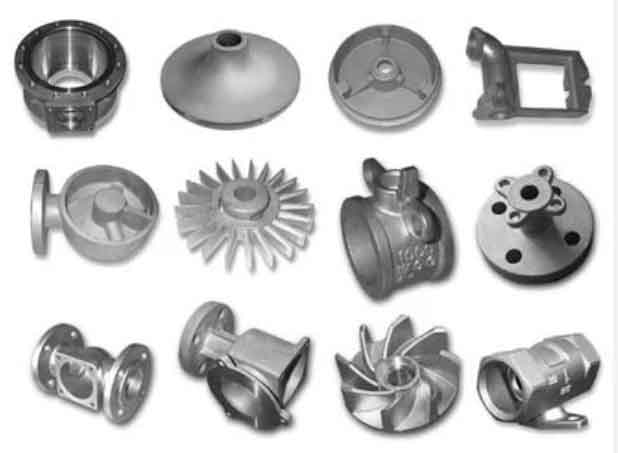Ductile iron casting has been widely used in various industries due to its excellent combination of strength, ductility, and cost-effectiveness. Over the years, advancements in technology and metallurgical understanding have pushed the boundaries of strength and performance in ductile iron casting. Here are some key advancements that have contributed to these improvements:

- Alloy Design: One significant advancement is in alloy design. Manufacturers have developed new ductile iron alloys with enhanced properties, such as increased strength and improved corrosion resistance. These alloys are designed by carefully controlling the composition and microstructure of the iron, resulting in improved mechanical properties.
- Microstructure Control: The microstructure of ductile iron greatly influences its mechanical properties. Advancements in casting techniques and heat treatment processes have allowed for better control over the microstructure, resulting in increased strength and performance. Techniques such as controlled cooling rates, optimized pouring temperatures, and the use of inoculants and modifiers help refine the microstructure, reducing the presence of detrimental phases and promoting the formation of beneficial ones.
- Heat Treatment: Heat treatment processes have evolved to enhance the strength and performance of ductile iron. Techniques like annealing, normalizing, quenching, and tempering can be applied to achieve specific mechanical properties. Heat treatment helps refine the microstructure and adjust the matrix and graphite morphology, resulting in improved strength, hardness, and wear resistance.
- Process Optimization: Manufacturing processes have been optimized to minimize defects and ensure consistent quality. Advanced simulation and modeling techniques enable engineers to analyze and optimize the casting process, reducing the risk of casting defects like porosity, shrinkage, and inclusions. This optimization improves the mechanical properties and overall performance of the castings.
- Surface Engineering: Surface engineering techniques have been developed to enhance the wear resistance, corrosion resistance, and fatigue life of ductile iron castings. Surface treatments like shot peening, nitriding, and coating technologies can significantly improve the performance of ductile iron in specific applications.
- Non-Destructive Testing: Advancements in non-destructive testing (NDT) methods have improved the quality control of ductile iron castings. Techniques such as ultrasonic testing, magnetic particle inspection, and radiographic testing allow for more accurate detection of defects, ensuring the integrity and reliability of the castings.
- Quality Assurance: The advancement in quality assurance practices and standards has played a vital role in pushing the boundaries of strength and performance in ductile iron casting. Stricter quality control measures, improved material testing techniques, and certifications ensure that the castings meet or exceed the required specifications and performance criteria.
These advancements in ductile iron casting have expanded its range of applications, allowing it to compete with other materials in terms of strength and performance. The continuous research and development in this field are expected to further enhance the properties and capabilities of ductile iron, opening up new possibilities in engineering and industry.
